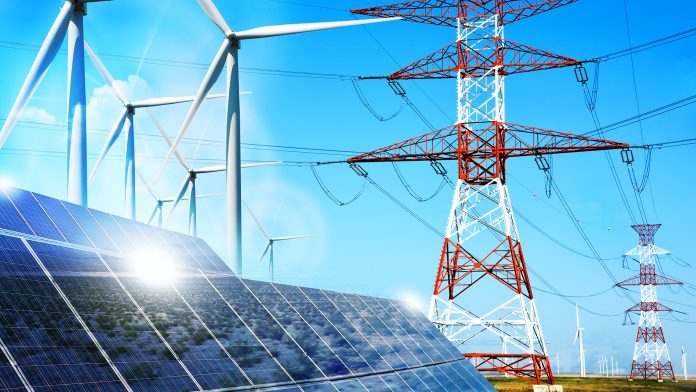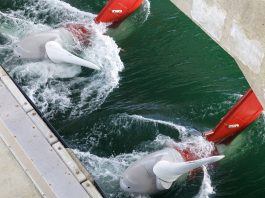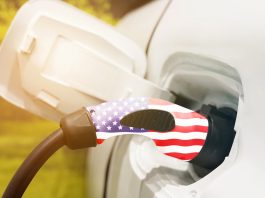The U.S. Department of Energy (DOE) has unveiled a strategic initiative aimed at bolstering the nation’s electrical grid with clean energy solutions.
With an investment of $34m across eleven selected projects, the DOE is paving the way for a more resilient and sustainable US electrical grid powered by wind and solar energy.
Additionally, the DOE has announced a $10m funding opportunity to streamline the interconnection process for clean energy, further propelling the nation towards the ambitious target of achieving 100% clean electricity by 2035.
Advancing electrical grid reliability with clean energy
Renewable energy sources currently contribute up to 21% of the United States’ electricity supply, and the integration of low-cost renewables like solar and wind is crucial to meeting the country’s climate objectives.
However, as the US electrical grid incorporates larger amounts of variable renewable energy, such as solar and wind, novel tools are essential to manage their intermittency effectively.
Rising temperatures exacerbated by climate change, alongside the retirement of conventional power plants and the surge in demand from various sectors, pose significant challenges to power grid reliability.
Optimising integration with OPTIMA
Projects under the Solar Energy Technologies Office’s Operation and Planning Tools for Inverter-Based Resource Management and Availability for the Future Power System (OPTIMA) funding programme aim to address these challenges.
By optimizing the integration of renewable technologies, these projects will enhance US electrical grid flexibility and resilience, mitigating the impacts of weather events and demand fluctuations.
The 11 selected projects include:
- Florida International University: $2.4m
- Washington State University: $2.4m
- Georgia Institute of Technology: $2.8m
- Iowa State University: $3m
- Midcontinent Independent System Operator: $3m
- National Renewable Energy Laboratory: $6.5m
- University of Connecticut: $3.3m
- Arizona State University: $3m
- Pacific Northwest National Laboratory: $3.6m
- Quanta Technology: $3.8m
Streamlining interconnection processes
With hundreds of gigawatts of solar, wind, and energy storage capacity expected to come online in the near future, efficient interconnection processes are paramount.
Currently, over 2,000 gigawatts of capacity are awaiting transmission interconnection, highlighting the urgent need for streamlined procedures.
To address this challenge, the DOE’s Solar Energy Technologies Office and Wind Energy Technologies Office have announced the Solar and Wind Interconnection for Future Transmission (SWIFTR) funding opportunity.
With a $10m investment, this initiative aims to enhance software tools that expedite interconnection studies for renewable energy projects.
By providing developers with crucial data on transmission system characteristics, such as stability and voltage, these tools will reduce wait times and uncertainty, facilitating the rapid deployment of clean energy projects.
The SWIFTR funding opportunity aligns with the Interconnection Innovation e-Xchange (i2X), launched in 2022 to simplify and accelerate clean energy interconnections.
Complementing the Federal Energy Regulatory Commission’s efforts to reform interconnection procedures, i2X focuses on enhancing US electrical grid reliability, resilience, and security.
In 2023, i2X introduced a draft roadmap outlining strategies to expedite the interconnection process, emphasising the importance of maintaining a reliable grid and increasing data access and transparency.
The latest funding opportunity represents a significant step towards realising these objectives, fostering a more efficient and robust electrical grid for the future.
US Secretary Jennifer Granholm commented: “We can’t deploy clean energy if we can’t get renewable sources connected to our grid.
“Thanks to support from the Biden-Harris Administration, we are developing new, state-of-the-art tools to break up logjams to connect more clean energy sources to the grid even faster, giving Americans access to more affordable and resilient sources of clean energy.”
As the US strives towards a cleaner and more sustainable energy landscape, investments in grid modernisation and clean energy technologies are critical.
The DOE’s latest initiatives signal a concerted effort to overcome challenges and accelerate the transition towards a renewable-powered future.









